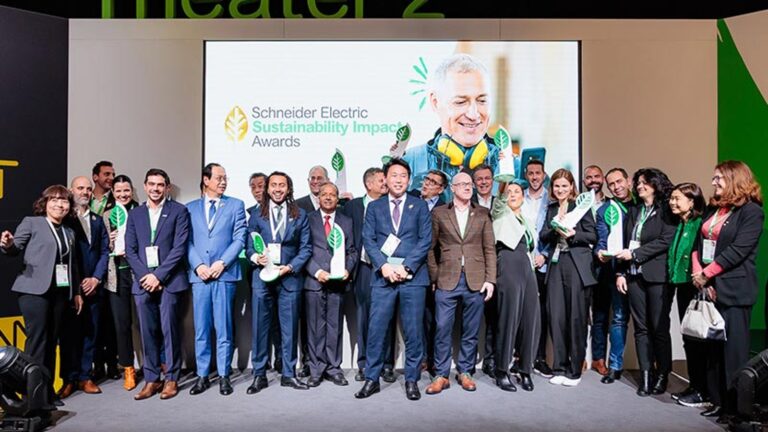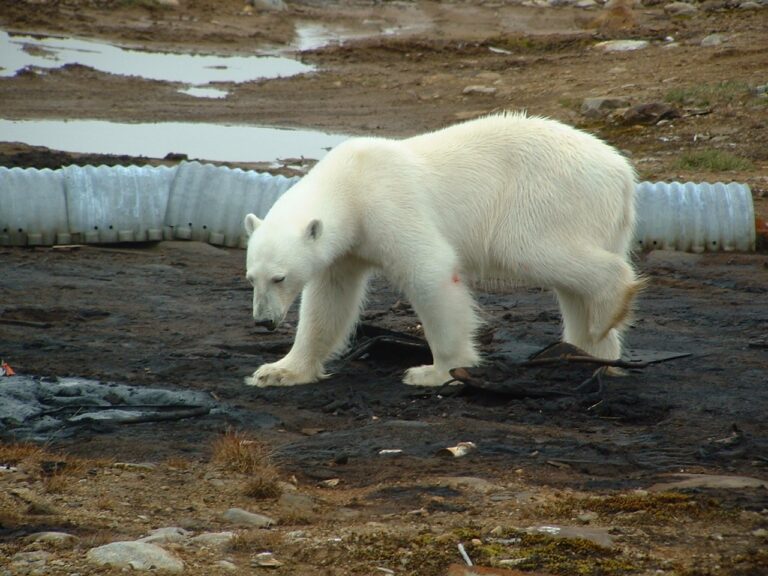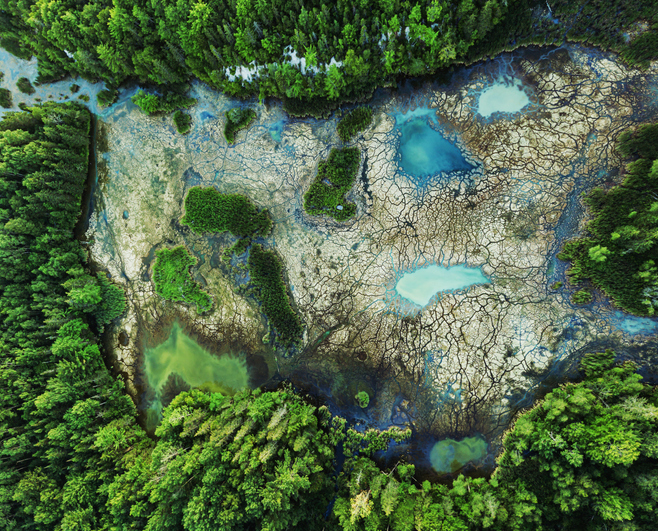Sunday, July 6, 2025
Satellites provide a unique perspective of our planet, support cutting-edge science, and enable applications and services in many areas critical to the health and well-being of Canadians. For 60 years, Canadian experts have been using satellites to monitor our environment from space.
François-Philippe Champagne, Minister of Innovation, Science and Industry, and Julie Dabrusin, Parliamentary Secretary to the Minister of Natural Resources and to the Minister of Environment and Climate Change, recently released the report, Resourceful, Resilient, Ready: Canada’s Strategy for Satellite Earth Observation, which describes how Canada will take full advantage of the unique vantage point of space to address climate change and other key challenges of our time.
“Satellites offer valuable information that can change our lives for the better here on Earth,” said Champagne. “This strategy is designed to provide useful and precise information on our planet to inform the Government’s decisions and empower Canadian businesses – big and small – to innovate and take on the real, tangible challenges we face in our day-to-day lives like climate change, forest fires and floods.”
Champagne and Dabrusin also announced an investment of $8 million in 21 organizations across Canada to advance innovative applications that focus on Earth observation challenges and sustainable development priorities. The funding will be delivered through the Canadian Space Agency’s (CSA’s) smartEarth initiative, designed to challenge Canadian organizations to solve issues using satellite data and help solve tangible problems we face on Earth.
“The data we gather from space about greenhouse gas emissions, weather patterns, and ice coverage in our North, is key to effective climate action. In order to be effective in tackling climate change, we must harness the power of space technology to properly identify and measure sources of emissions,” stated Steven Guilbeault, Minister of Environment and Climate Change.
The information we need to study the climate, like methane and carbon dioxide emissions, and changes to sea ice, can be gathered by satellites more effectively than ever before.
The Canadian Space Agency, Environment and Climate Change Canada, and Natural Resources Canada led a whole-of-government effort to seek input from industry and academia to develop this long-term satellite Earth observation strategy.
The global satellite Earth observation market is estimated at US$3.3 billion and expected to grow to US$7.2 billion over the next decade. The new strategy aims to help Canadian space firms capture an increased share of this global market.
The Government of Canada’s investment of $90 million in Budget 2021 to capitalize on satellite Earth observation, as well as the recent $20 million in funding to Canadian company GHGSat for the enhanced measurement of methane, are helping obtain the information needed to tackle climate change and safeguard critical services into the future.
For further information, watch this video:
Space data: blueprint for our future
Featured image credit: Government of Canada.











